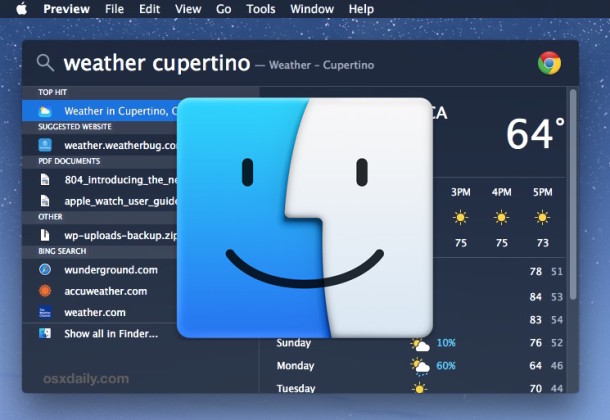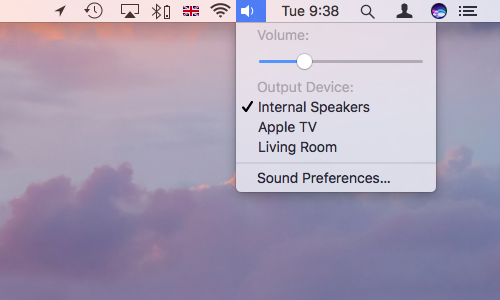

You can click on the Itsycal icon to see the full month. It installs an icon in the menu bar that displays the current date. There are more powerful calendar apps than Itsycal, but I prefer Itsycal for its simplicity. Here are my six favorite menu bar apps that I use each and every day. Questions? Comments? Have a fix? Post them below orīe sure to check us out on Twitter and the CNET Mac forums.The OS X menu bar is a great spot to park lightweight apps for easy access. Note that this setting will persist for your current monitor setup if you have a laptop and use a multi-monitor setup at both work and home, then you can have the external monitor at work set as the main monitor, while your home setup you can have the built-in monitor as the main monitor. Here you will see two blue squares that represent your monitor layout, with one containing a white strip along the top that represents the menu bar.ĭrag this white strip to the monitor of your choosing, and it will become the main monitor. To do this, go to the Displays pane of System Preferences and select the Arrangement tab. If you decide to use the classic behavior with the menu bar on one monitor only, then you can switch which monitor the system uses as the main one.

To disable this and revert back to the classic approach where the system uses one main monitor to house the menu bar and Dock, open the Mission Control System Preferences pane and toggle the option called "Displays have separate spaces." Unchecking this will disable the menu bar on external monitors, reverting to the classic multi-monitor behavior. This feature can be useful, but at times can also cause a bit of a frustration. If you use multiple monitors with your Mac, then you will find with OS X Mavericks that the menu bar will persist on all monitors, showing along with the Dock on the active one where your mouse cursor is. If so, select the process and force it to quit, which should spur the system to relaunch it and give you working menus again. To correct this issue, you can open the Activity Monitor utility (ensure All Processes is selected from the View menu) and then locate the SystemUIServer process to see if it has "(not responding)" in red next to its name. If the process has hung up for some reason and is no longer responding, then your menu bar will similarly freeze. This difference is again because of the SystemUIServer process. When this happens, you may find that third-party menus still work just fine. This setting toggles between showing the menu bar and Dock on all attached monitors, or only on a main one. When this happens, the clock may freeze, and tools like the volume, time machine, wi-fi, and user account menus will be unresponsive or even show a spinning color wheel cursor when you move your mouse over them. Perhaps the only persistent frustration with the menu bar in OS X is in some cases, you might find your status menus to be unresponsive. Unfortunately, this means that only Apple's built-in plug-ins can be moved around. This difference is because Apple's status menus are managed by the SystemUIServer background process, whereas many third-party developers use an alternative means of implementing their menus. While these options are nice, you may find that they may not work with many third-party menus such as those offered by Dropbox and Evernote. These items can also be removed from the menu by dragging them off with the Command key held down. This button toggles the translucent menu bar in OS Xįor the menu items themselves, the built-in status menus such as Battery, Wi-Fi, and Audio, in OS X can be rearranged by holding the Command key and then dragging them around on the menu bar. This will switch between the classic gray-colored menu bar, and the newer translucent option that shows your desktop image under the menu bar. To change the menu bar opacity, go to the Desktop tab in the "Desktop & Screen Saver" System Preferences pane, and check or uncheck the "Translucent menu bar" option. There are not very many options for configuring the menu bar in OS X however, you can change its opacity as well as arrange some of the menu items on it.

The OS X menu bar is the central location for commanding application you use, but in addition holds several options for accessing global content, including the Apple menu, and the status menus, along with hosting third-party menu extras and features like Spotlight and Notification Center.


 0 kommentar(er)
0 kommentar(er)
